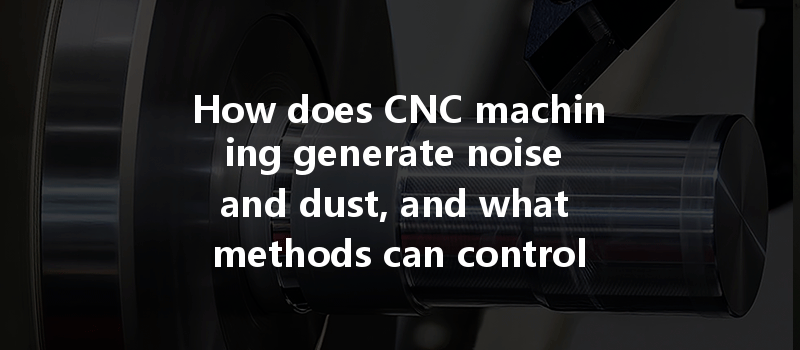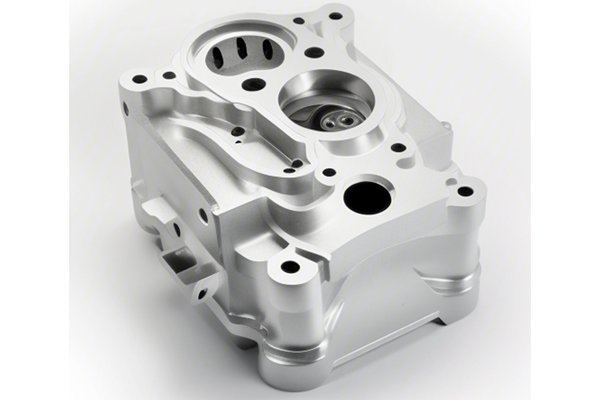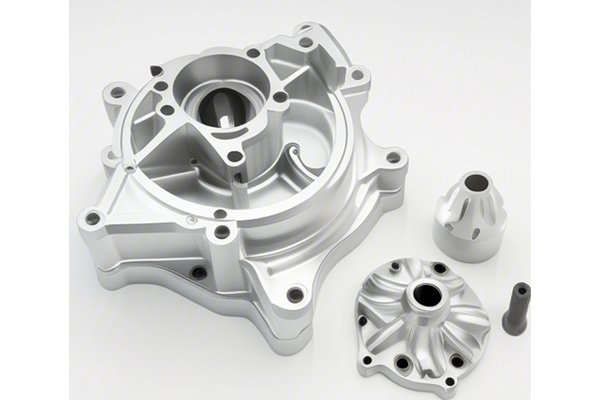: An Eye-Opening Insight into the CNC World
Did you know that CNC (Computer Numerical Control) machining has revolutionized manufacturing with its precision and efficiency, yet it also poses challenges like noise and dust pollution? In fact, research indicates that CNC machining operations can produce sound levels exceeding 85 decibels, which is comparable to city traffic—a stark reminder that while technology propels us forward, it also has consequences we must address. This blog will explore the fascinating world of CNC machining, dissect the issues of noise and dust generation, and provide you with effective strategies to mitigate these concerns.
—
The CNC Machining Process: A Brief Overview
Before delving into the nuisances associated with CNC machining, it’s essential to understand what CNC machining entails. This modern process employs computer software and hardware to control machine tools, such as lathes, mills, and routers, in manufacturing parts from various materials. The program directs the exact movements of the tools, allowing for intricate designs and unparalleled precision.
Key Advantages of CNC Machining
Despite these benefits, the challenges of noise and dust generation can hinder the overall performance and safety of CNC operations.
—
Understanding Noise Generation in CNC Machining
CNC machines generate noise primarily from three sources:
Prolonged exposure to high noise levels can lead to serious health issues for workers, including hearing loss, increased stress levels, and even lower productivity. Furthermore, excessive noise can disrupt nearby operations, leading to regulatory challenges.
—
Dust Production in CNC Machining
Similar to noise, dust in CNC machining is generated during the cutting and milling processes. Key factors contributing to dust production include:
The dust produced can pose health hazards, including respiratory problems among workers, as well as potential fire or explosion risks in severe cases. Maintaining a clean work environment is essential for safety.
—
Solutions for Controlling Noise in CNC Machining
With a clear understanding of the challenges posed by noise in CNC machining, let’s explore effective solutions to control and mitigate this issue.
Incorporating sound-insulating materials into the design of the machining area can significantly reduce noise levels. Utilizing acoustic panels, foam, or sound barriers can create a quieter environment for operators.
Using vibration-damping mounts and pads to place CNC machines can reduce the transmission of vibrations and noise through the foundation.

Encouraging the use of personal protective equipment (PPE) such as earplugs or earmuffs will help safeguard operators from potential hearing damage while working.
Regular maintenance of CNC machines ensures that worn-out components are replaced, and machines operate as intended, reducing unnecessary noise generation.
Investing in newer CNC machinery that incorporates sound-dampening technologies can provide a longer-term solution. These machines are often designed with quieter operation in mind.
—
Solutions for Dust Control in CNC Machining
Just as we did with noise control, it’s vital to explore strategies for managing dust in CNC environments efficiently.
Installing advanced ventilation systems, including fume extractors and dust collectors, helps manage airborne dust effectively. These systems can capture dust particles before they spread throughout the workshop, creating a cleaner working environment.
Using coolants during machining can significantly reduce dust production by keeping the cutting tools and material cool as they make contact, leading to less friction and smoke.
Implementing a regular cleaning schedule can ensure dust does not accumulate. Frequent cleaning is essential, especially in areas where machining operations occur.
Educating employees about the importance of dust control and proper cleaning procedures can empower them to take proactive measures in maintaining a clean environment.
—
Understanding Compliance and Best Practices
Familiarizing oneself with regulations pertaining to noise and air quality in the workplace can assist in meeting safety standards. Organizations such as OSHA (Occupational Safety and Health Administration) and EPA (Environmental Protection Agency) provide guidelines to help maintain a safe workplace.
Creating a standard operating procedure around CNC operations that includes noise and dust management can lead to a safer and healthier work environment. Encouraging feedback from operators can lead to discovering new areas for improvement.
—
Employee Well-being: Creating a Positive Work Environment
Prioritizing the well-being of employees is crucial to ensure productivity and efficiency. Employees are more likely to be engaged and motivated in a clean and sound-controlled work environment. Efforts to control noise and dust can lead to increased morale and lower turnover rates.
—
Future Trends in CNC Machining: A Clean and Quiet Revolution
As technology continues to evolve, advancements in CNC machinery and techniques will pave the way for quieter, cleaner operations. Innovations in automation, AI-driven diagnostics, and advanced materials could significantly enhance dust and noise management.
Potential Technologies
—
: The Importance of Addressing Noise and Dust in CNC Machining
In conclusion, understanding how CNC machining generates noise and dust is essential for protecting workers and maintaining a high-quality production environment. By implementing effective solutions, businesses can minimize these challenges.
Mitigating noise and dust is not just about compliance; it’s about creating a workplace environment that promotes employee health, safety, and productivity. The techniques and practices discussed in this blog are paramount for any CNC operation aiming to thrive in today’s competitive landscape.
Remember, as we navigate the future of CNC machining, it’s imperative to adopt a holistic approach towards operational safety and quality management. By continuously evaluating and improving our practices, we not only protect our most valuable resource—our employees—but also contribute to the sustainability of the manufacturing sector.
Thank you for reading, and we hope this information serves as a valuable resource for you in making informed decisions in your CNC machining endeavors.






